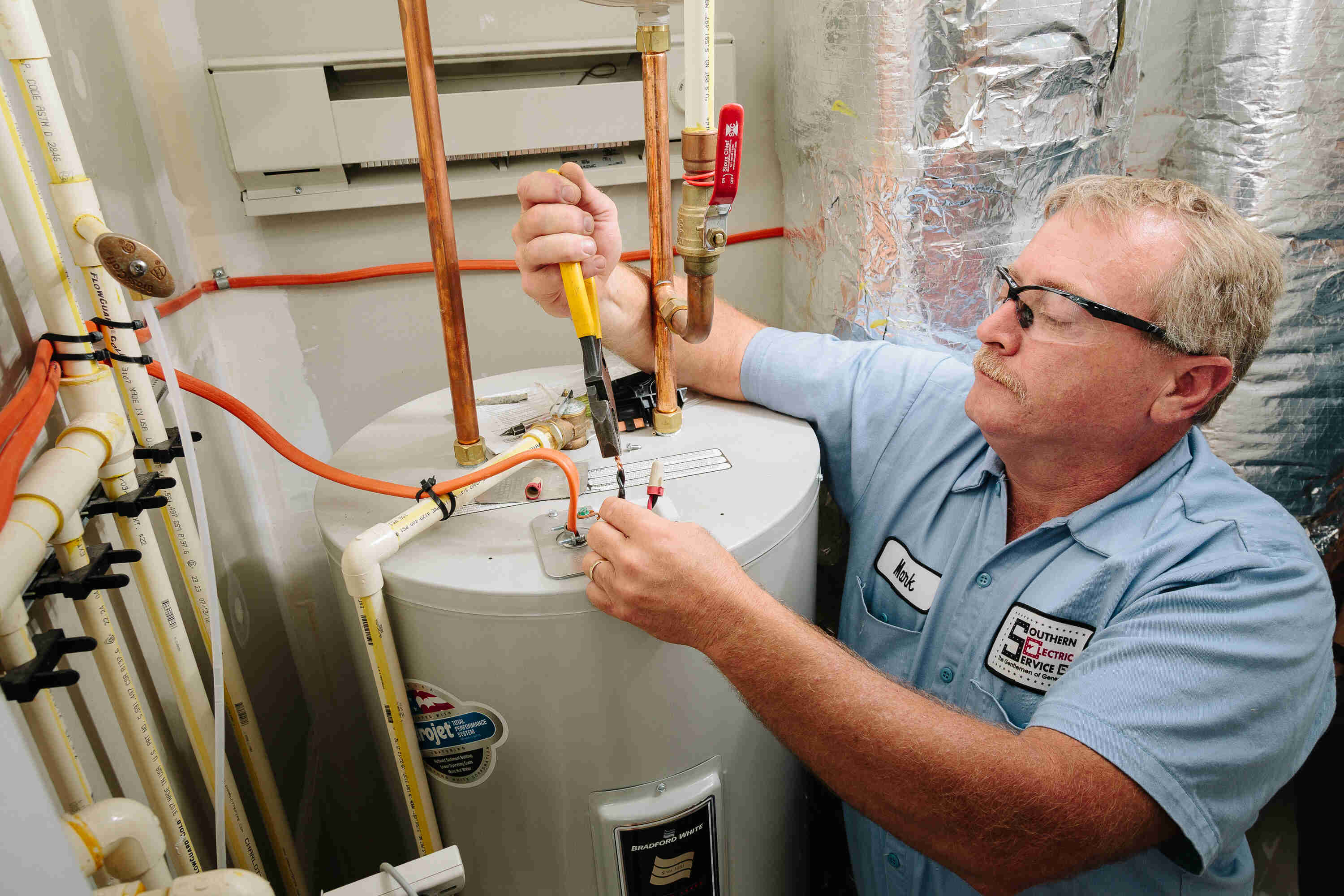How to Prolong the Lifespan of Your Home's Hot Water System By Maintenance
How to Prolong the Lifespan of Your Home's Hot Water System By Maintenance
Blog Article
We've come across the article relating to How to Maintain a Hot Water Heater in a Few Simple Steps below on the internet and reckoned it made perfect sense to discuss it with you on this site.

Hot water is essential for everyday convenience, whether it's for a refreshing shower or washing recipes. To ensure your hot water system runs successfully and lasts longer, regular maintenance is crucial. This article gives practical pointers and insights on how to preserve your home's hot water system to avoid interruptions and pricey repairs.
Introduction
Keeping your home's hot water system may appear complicated, but with a few simple steps, you can guarantee it operates smoothly for several years to come. This guide covers whatever from recognizing your hot water system to DIY upkeep pointers and knowing when to hire specialist aid.
Significance of Preserving Your Warm Water System
Normal upkeep not only extends the lifespan of your hot water system however additionally guarantees it runs efficiently. Overlooking upkeep can bring about lowered efficiency, higher energy bills, and even premature failure of the system.
Indications Your Warm Water System Demands Upkeep
Recognizing when your warm water system requires interest can protect against significant concerns. Keep an eye out for indicators such as irregular water temperature level, strange noises from the heating system, or rusty water.
Flushing the Water Heater
Flushing your water heater gets rid of debris buildup, improving performance and lengthening its life.
Checking and Changing Anode Rods
Anode rods protect against rust inside the tank. Inspecting and replacing them when worn is crucial.
Complex Problems Needing Professional Assistance
Instances include significant leakages, electrical troubles, or if your hot water heater is regularly underperforming.
Regular Professional Upkeep Advantages
Expert upkeep can include thorough examinations, tune-ups, and ensuring compliance with safety and security criteria.
Examining and Changing Temperature Level Setups
Changing the temperature setups makes sure optimal efficiency and safety and security.
DIY Tips for Upkeep
You can perform a number of maintenance tasks yourself to keep your hot water system in leading problem.
Looking for Leakages
Routinely inspect pipelines and connections for leakages, as these can result in water damages and greater bills.
Understanding Your Hot Water System
Before diving right into maintenance tasks, it's helpful to understand the fundamental components of your hot water system. Commonly, this includes the hot water heater itself, pipelines, anode poles, and temperature controls.
Monthly Maintenance Tasks
Regular monthly checks can assist catch small concerns before they intensify.
Examining Stress Alleviation Valves
Evaluating the stress safety valve guarantees it functions appropriately and avoids excessive stress accumulation.
Insulating Pipelines
Shielding hot water pipes decreases warm loss and can conserve power.
When to Call a Professional
While do it yourself upkeep is useful, some problems call for professional know-how.
Verdict
Regular upkeep of your home's hot water system is crucial for effectiveness, long life, and price financial savings. By following these suggestions and knowing when to seek professional help, you can make certain a trustworthy supply of hot water without unexpected disruptions.
How to Maintain an Instant Hot Water Heater
Before tinkering with your hot water heater, make sure that it’s not powered on. You also have to turn off the main circuit breaker and shut off the main gas line to prevent accidents. Also turn off the water valves connected to your unit to prevent water from flowing into and out of the appliance. 2. When you’re done, you have to detach the purge valves’ caps. These look like the letter “T†and are situated on either side of the water valves. Doing so will release any pressure that has accumulated inside the valves while at the same time avoid hot water from shooting out and burning your skin. 3. When the purge valves’ caps are removed, you have to connect your hosing lines to the valves. Your unit should have come with three hoses but if it didn’t, you can purchase these things from any hardware or home repair shops. You can also get them from retail stores that sell water heating systems. Read the user’s manual and follow it to complete this task properly. When the hosing lines are connected, open the purge port’s valves. 4. You should never use harsh chemical cleaners or solutions when cleaning your unit. Make use of white vinegar instead. It should be undiluted and you’ll probably use about 2 gallons. 5. Now flush your water heater. This task should probably take about 40 minutes. We can’t give you specific directions for this because the procedure is carried out depending on the type, model and brand of your heater. With that being said, refer to the user’s manual. 6. When you’re done draining the unit, you have to turn off the purge port valves again. Remove the hosing lines that you earlier installed on each of the water valves. Put the valve caps (purge port) back in their respective places and be very careful so as not to damage the rubber discs that are found inside these caps. 7. Now that everything’s back in place, check your user’s manual again to find out how to reactivate your water heating system. 8. Once it is working, turn one of your hot water faucets on just to let air pass through the heater’s water supply pipes. Leave the tap on until water flows smoothly out of it. https://www.orrplumbing.com/blog/2014/september/how-to-maintain-an-instant-hot-water-heater/

As an avid person who reads on Tips on Maintaining a Water Heater, I imagined sharing that excerpt was a smart idea. Please set aside a second to promote this blog post if you enjoyed it. I cherish your readership.
Quote Report this page